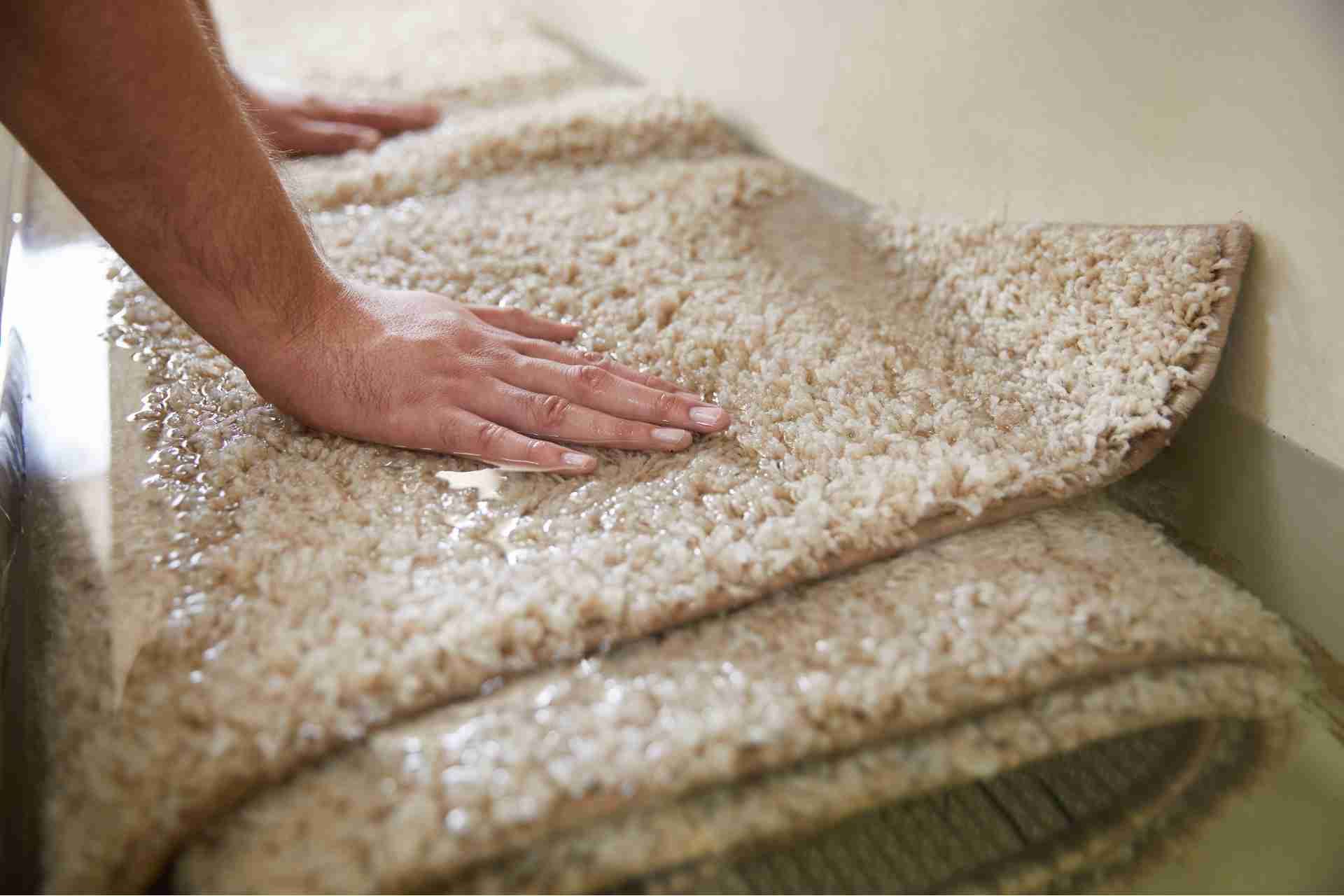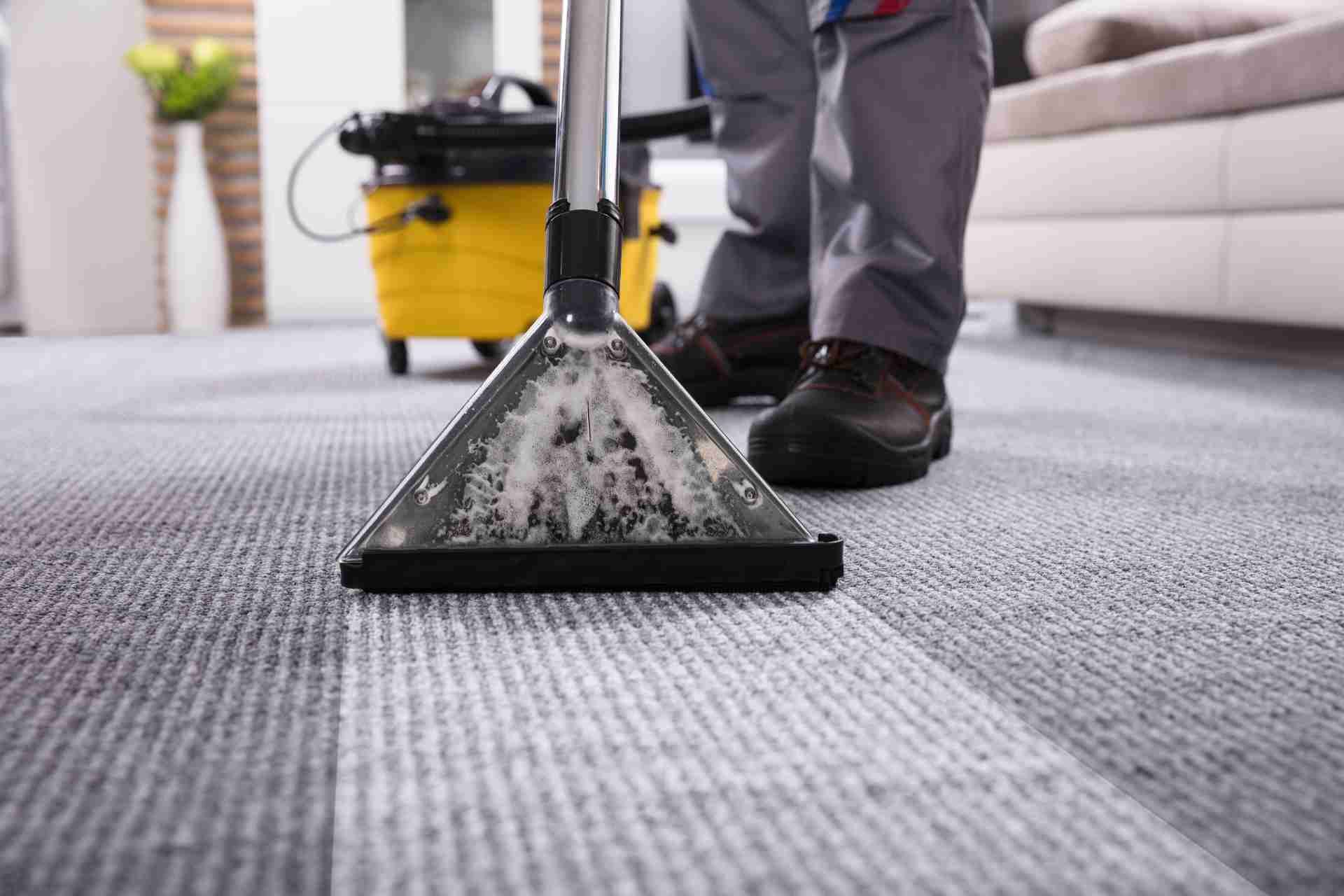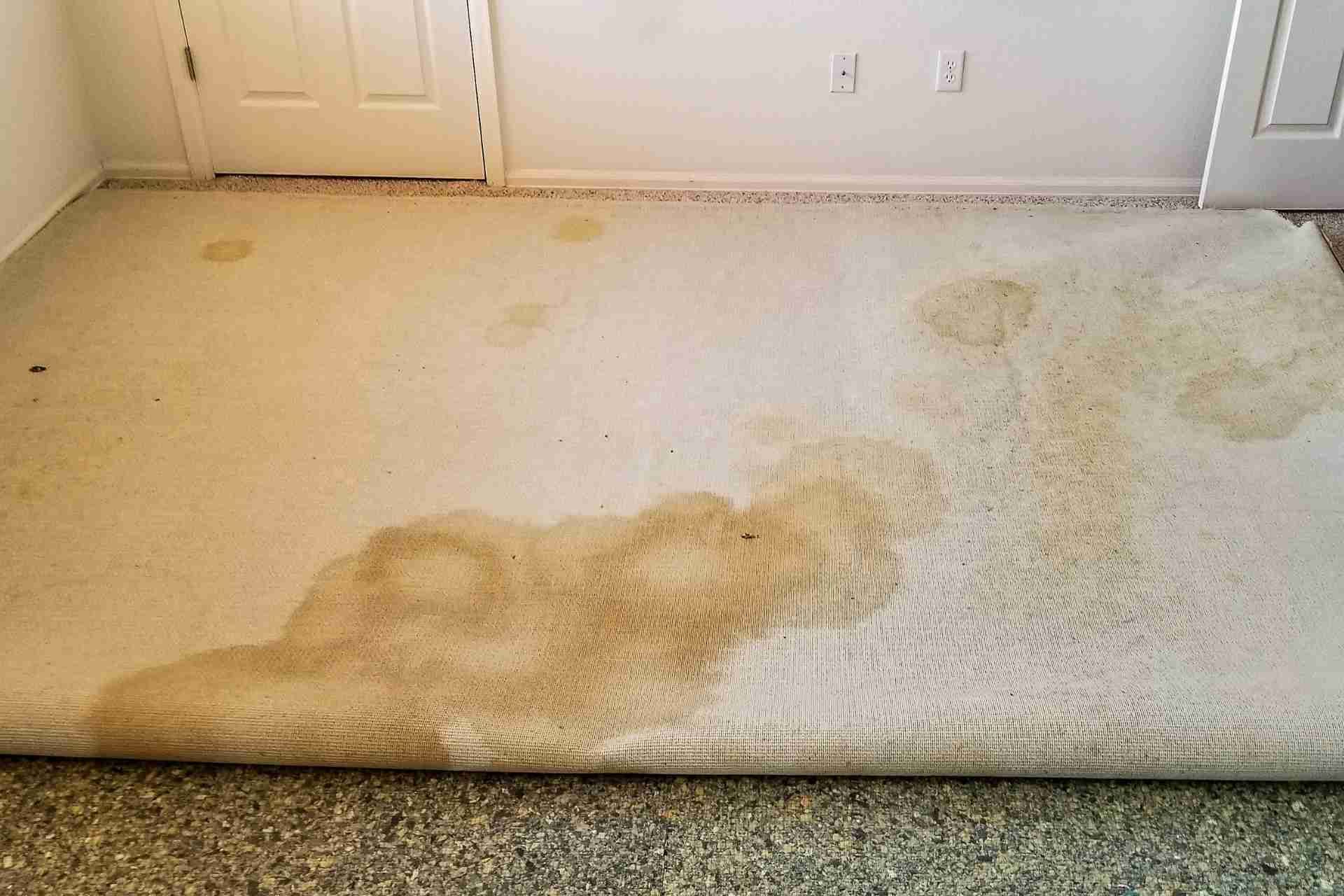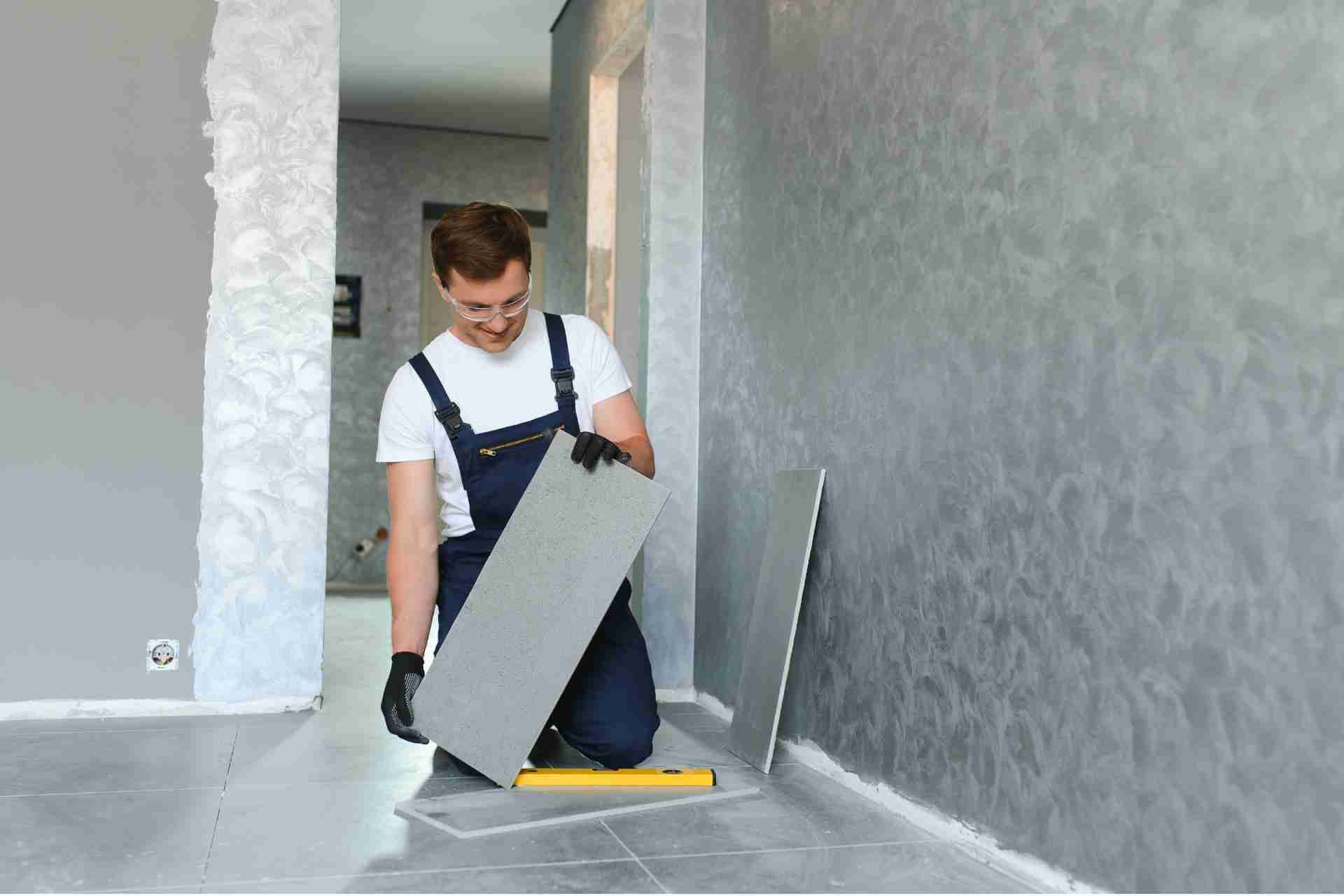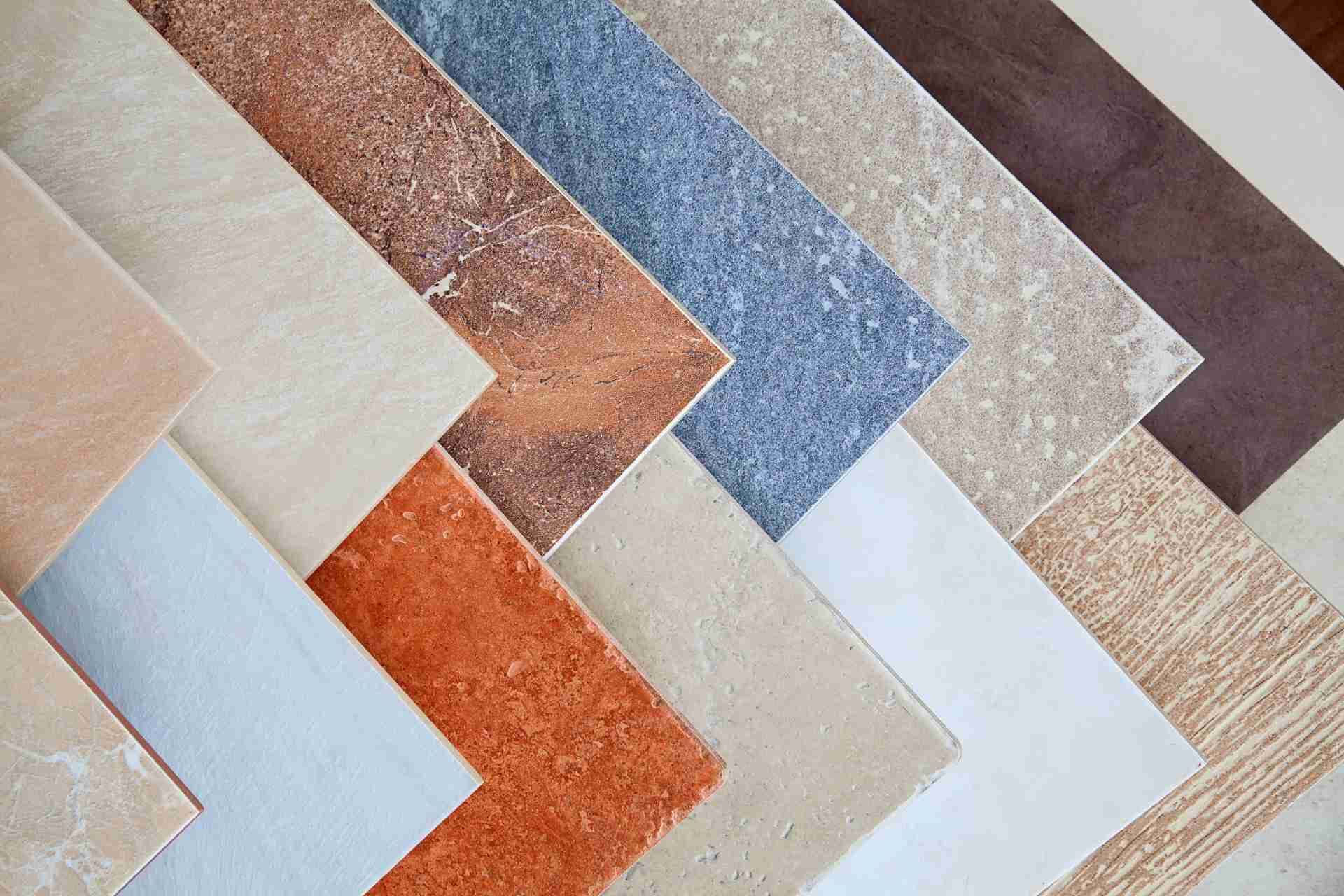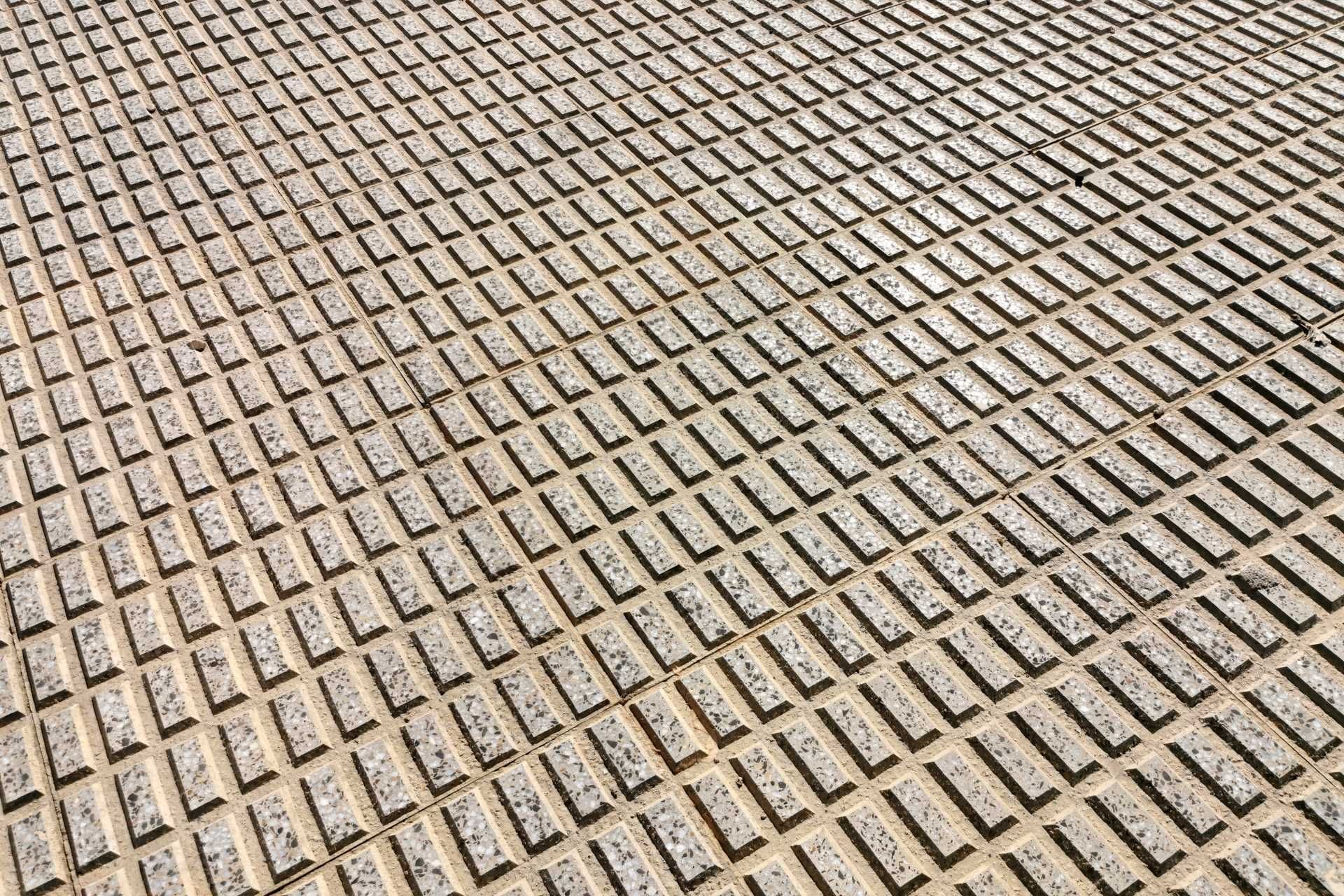Understanding Flooring Installation: A Comprehensive Guide
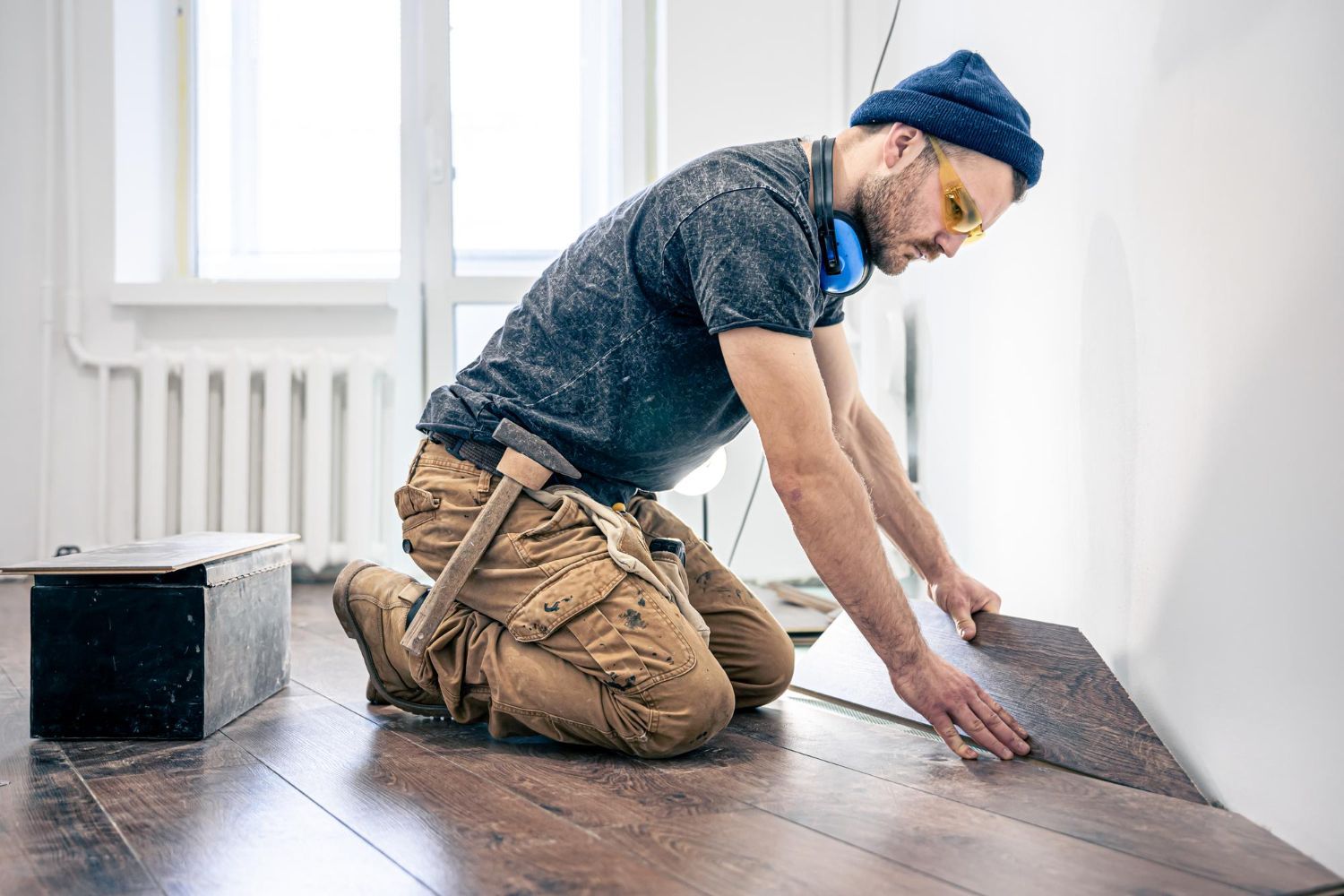
Introduction
Flooring installation is a significant aspect of home improvement and renovation projects. It involves the process of laying down various types of flooring materials to create a functional, attractive, and durable surface. This blog post provides a comprehensive guide to help you understand the essentials of flooring installation. Whether you are considering a new floor for your home or seeking insights into the installation process, this article will cover the key aspects, materials, and steps involved in achieving a successful flooring installation.
Types of Flooring Materials
Before diving into the installation process, it's important to familiarize yourself with the different types of flooring materials available. These include hardwood, laminate, vinyl, tile, carpet, and more. Each material has its unique characteristics, aesthetic appeal, durability, and installation requirements.
Preparing for Installation
Proper preparation is crucial for a successful flooring installation. This step includes measuring the area, assessing the subfloor condition, and ensuring a clean and level surface. Additionally, it may involve removing existing flooring, addressing any underlying issues, and acclimating the new flooring material to the environment.
Subfloor Preparation
The subfloor is the foundation upon which the flooring material is installed. Subfloor preparation involves ensuring its stability, smoothness, and cleanliness. This may require repairing cracks, leveling uneven surfaces, and applying suitable underlayment or moisture barriers to protect the flooring material from moisture damage.
Installation Techniques by Flooring Type
Different flooring materials require specific installation techniques. This section covers the installation methods for common flooring types, including:
- Hardwood: Nail-down, glue-down, or floating installation.
- Laminate: Floating installation using click-and-lock or glueless systems.
- Vinyl: Glue-down, peel-and-stick, or floating installation.
- Tile: Mortar or thin-set installation for ceramic, porcelain, or natural stone tiles.
- Carpet: Stretch-in, glue-down, or direct glue installation.
Installation Process
The installation process typically involves the following steps:
- Marking and Layout: Determining the starting point, establishing layout lines, and marking guidelines for proper alignment and symmetry.
- Cutting and Fitting: Precisely measuring and cutting the flooring material to fit the installation area, accounting for obstacles, corners, and transitions.
- Installation: Applying the appropriate adhesive, fasteners, or interlocking mechanisms to secure the flooring material in place, following the recommended installation technique.
- Finishing Touches: Trimming excess material, installing baseboards or moldings, and ensuring a clean and polished final appearance.
Post-Installation Care and Maintenance
Once the flooring is installed, proper care and maintenance are crucial for its longevity and performance. This includes regular cleaning, avoiding excessive moisture or abrasion, and following manufacturer's recommendations for maintenance products and procedures.
Conclusion
Flooring installation is a complex process that requires careful planning, preparation, and attention to detail. Understanding the different types of flooring materials, subfloor preparation, installation techniques, and post-installation care will help you make informed decisions and achieve a successful flooring installation. Whether you choose to install the flooring yourself or hire professionals, a well-executed installation can transform the look and feel of your space while providing a functional and durable surface for years to come.

